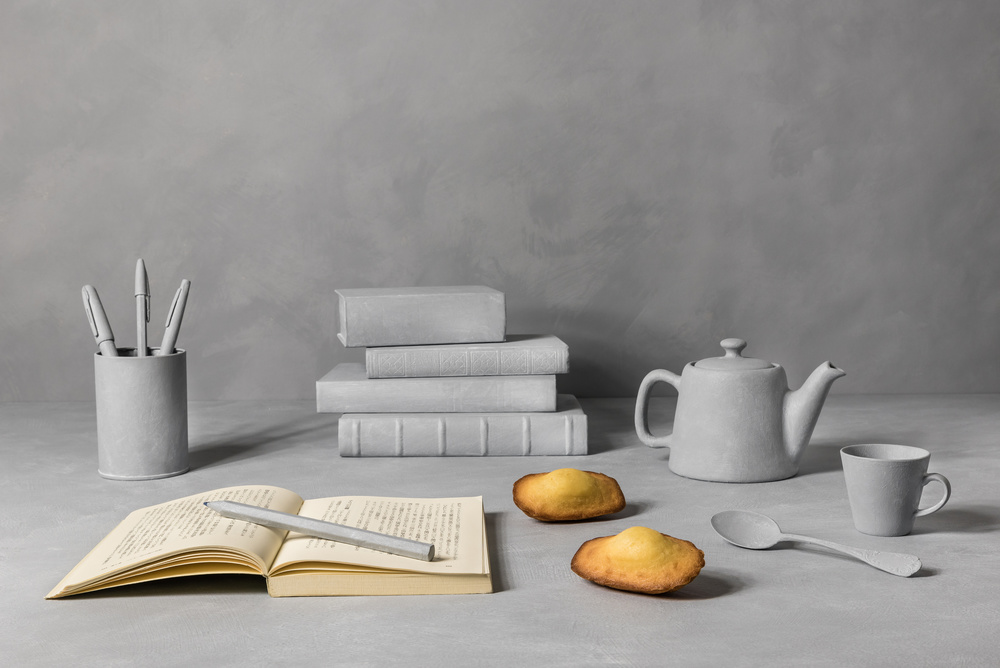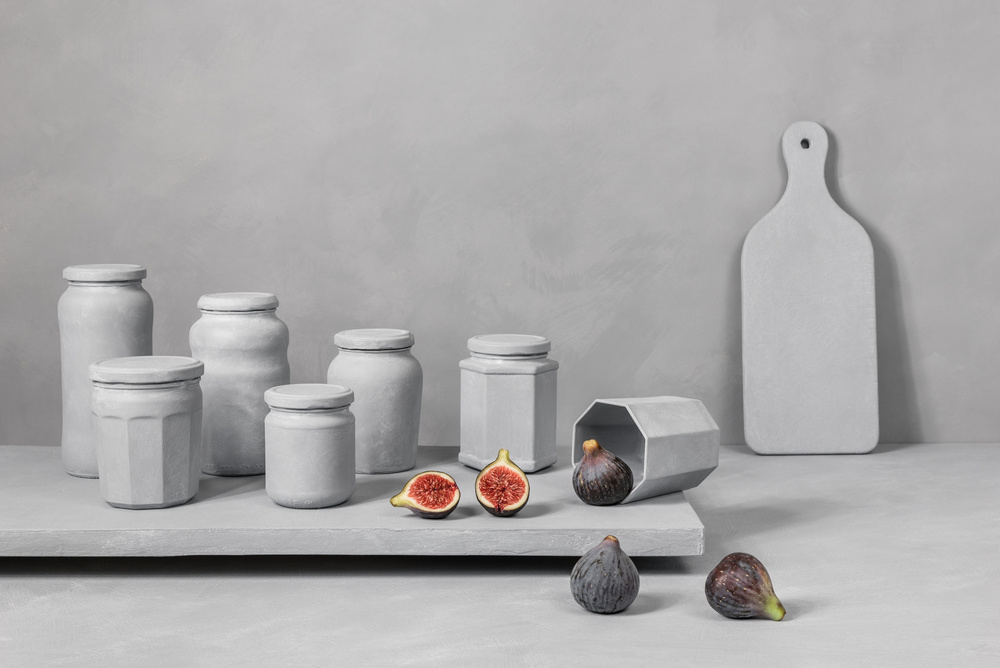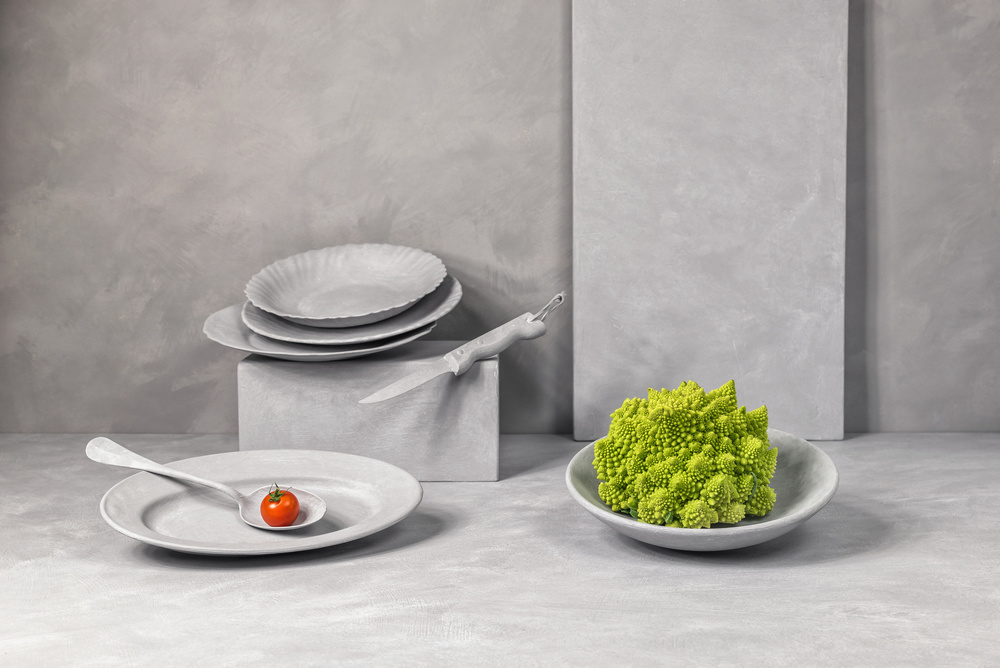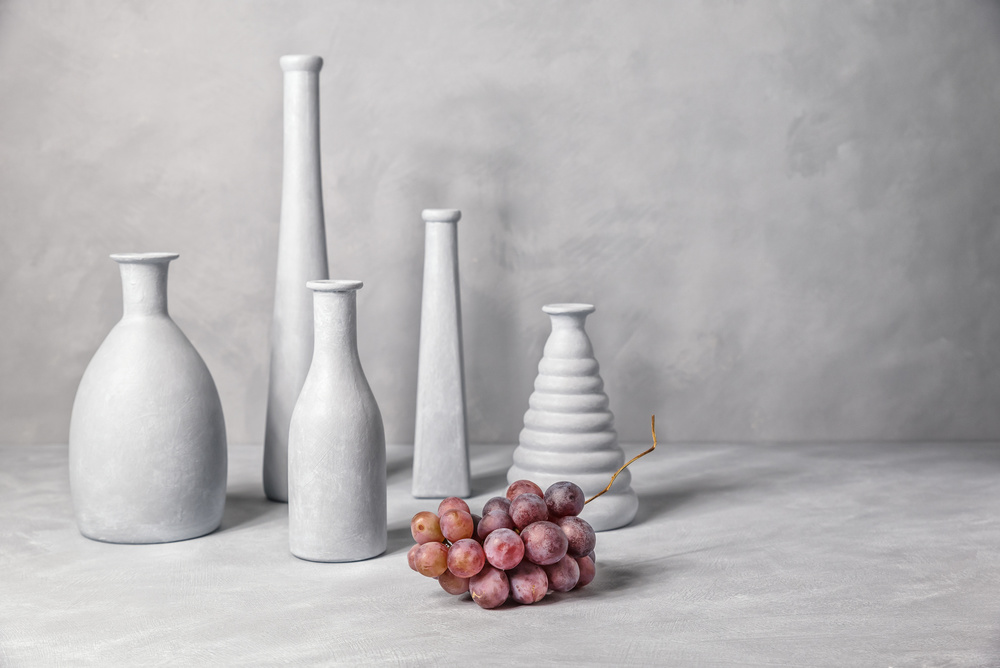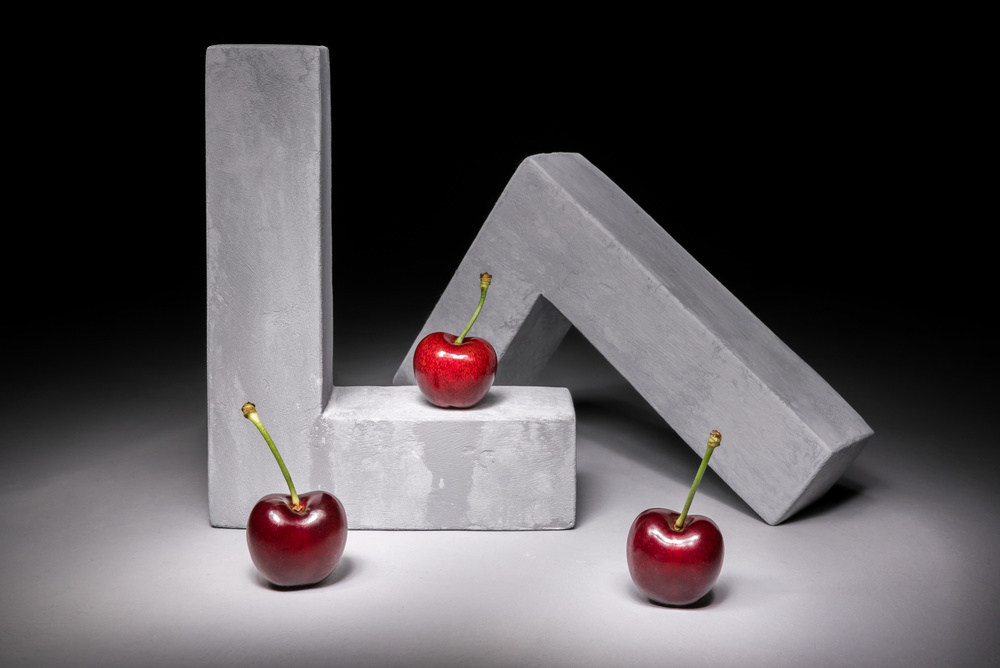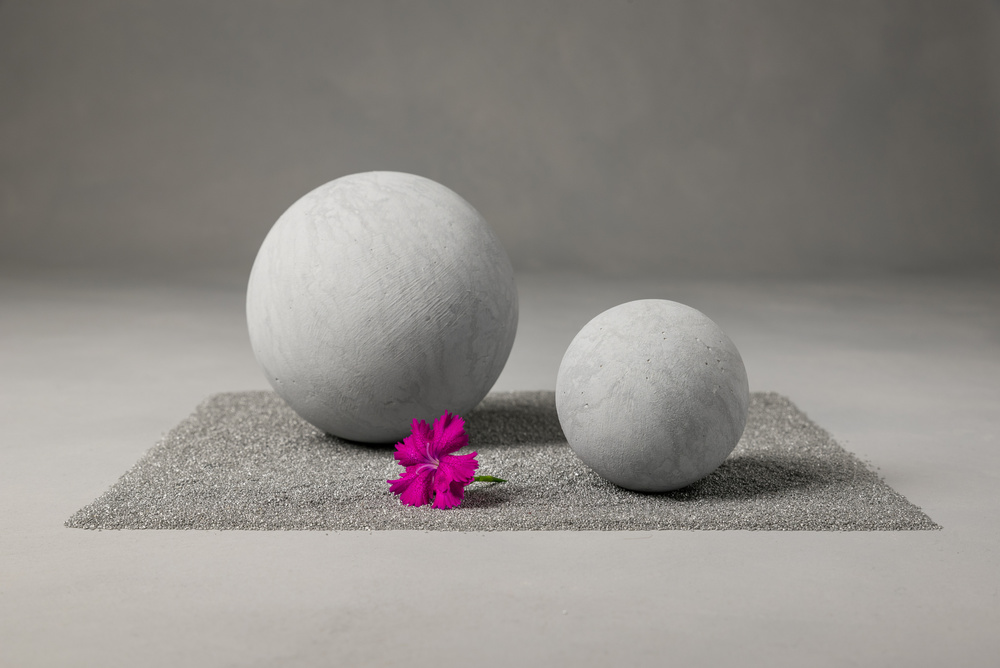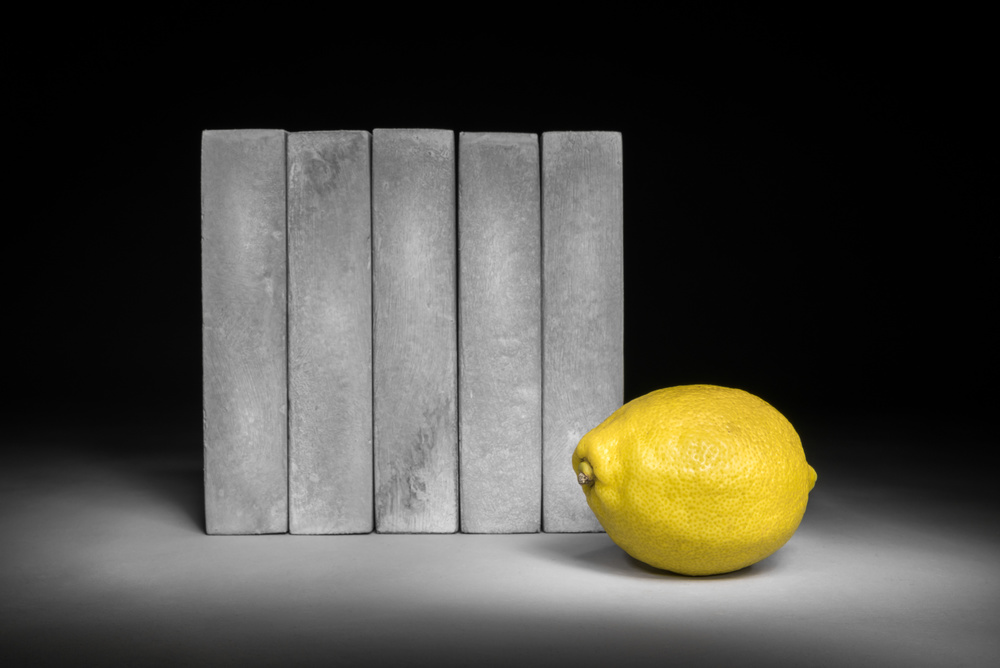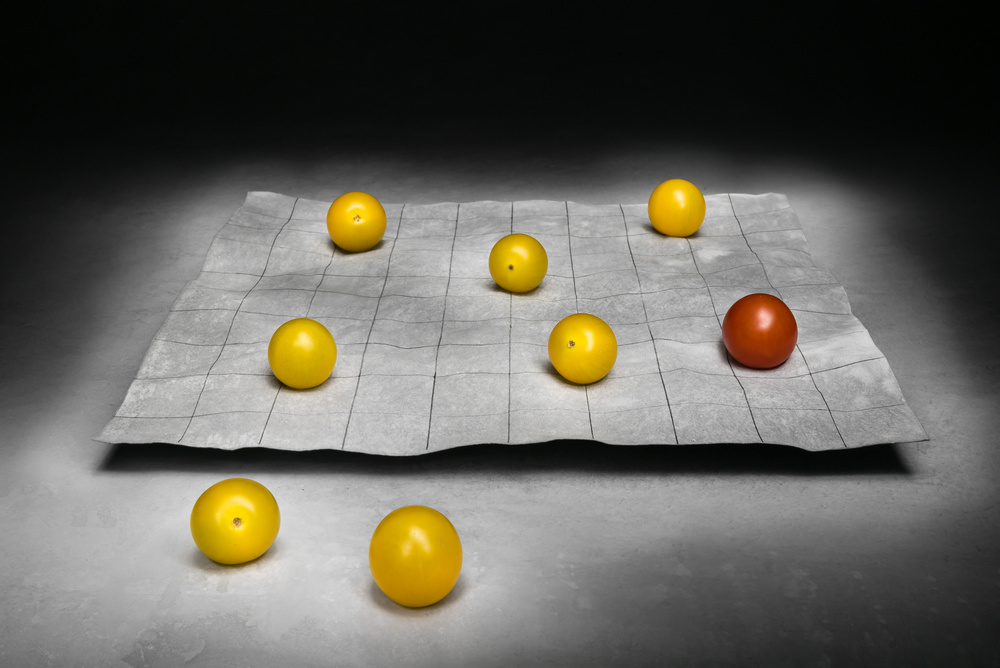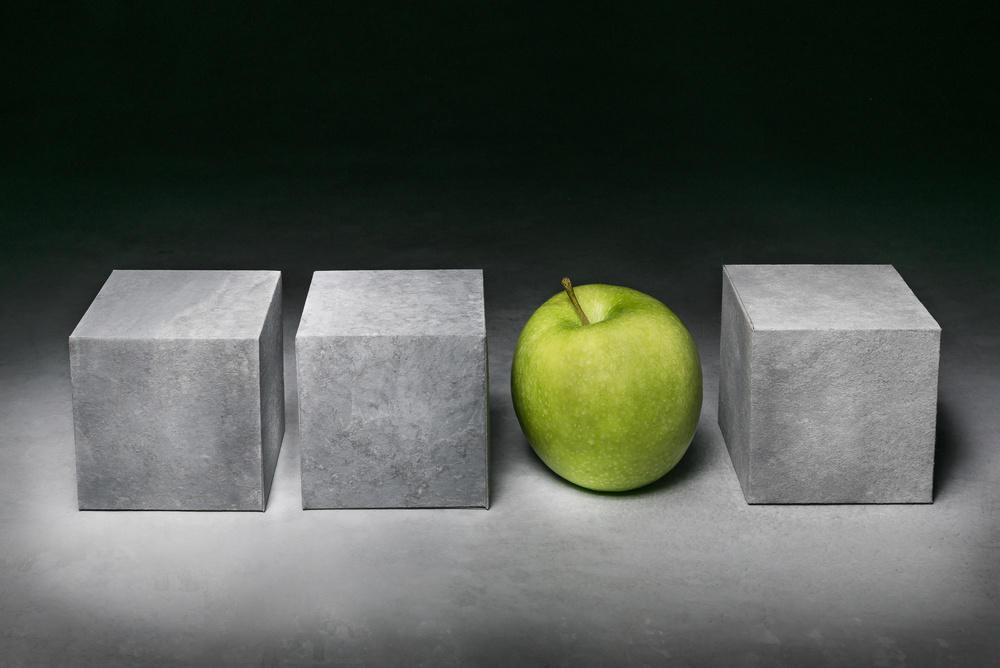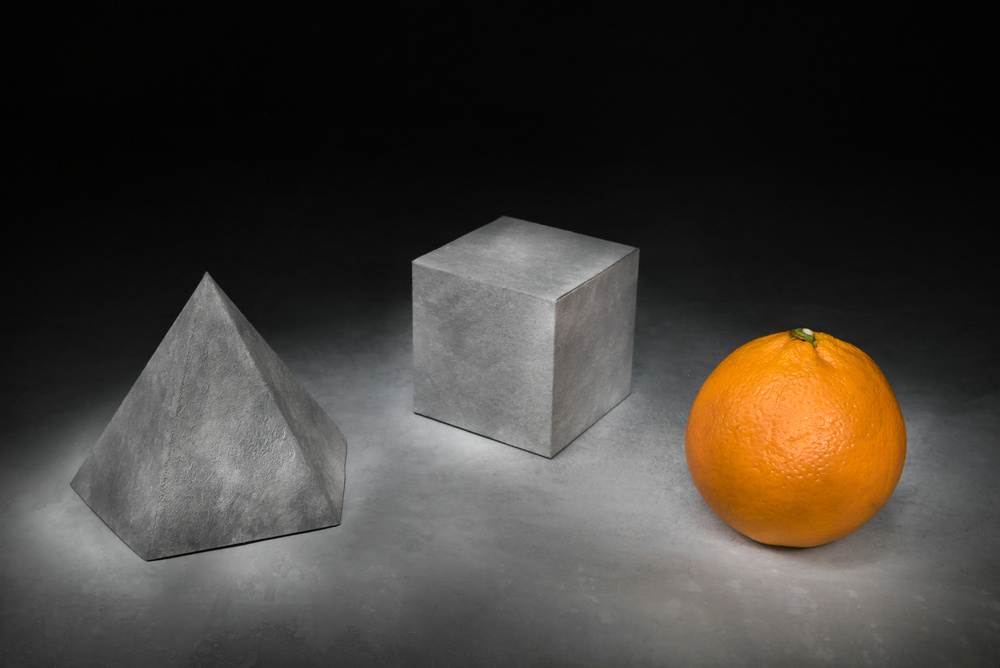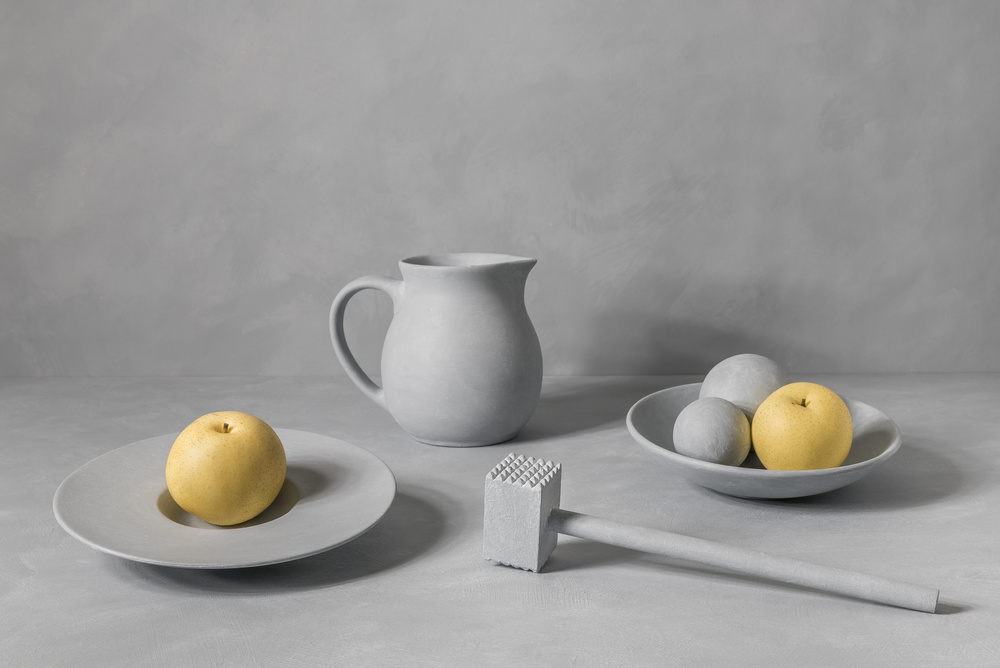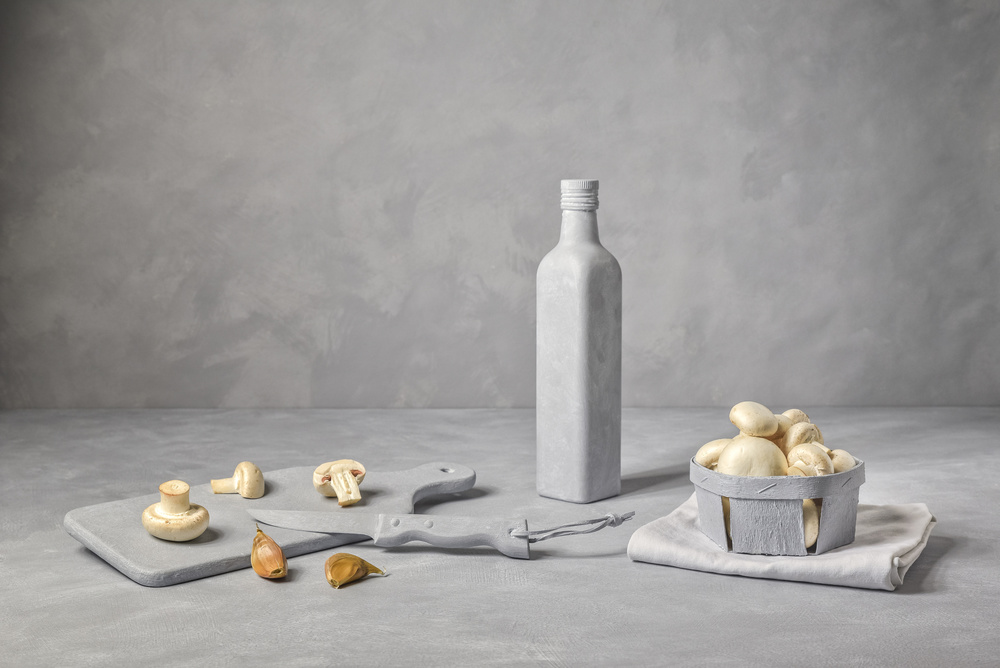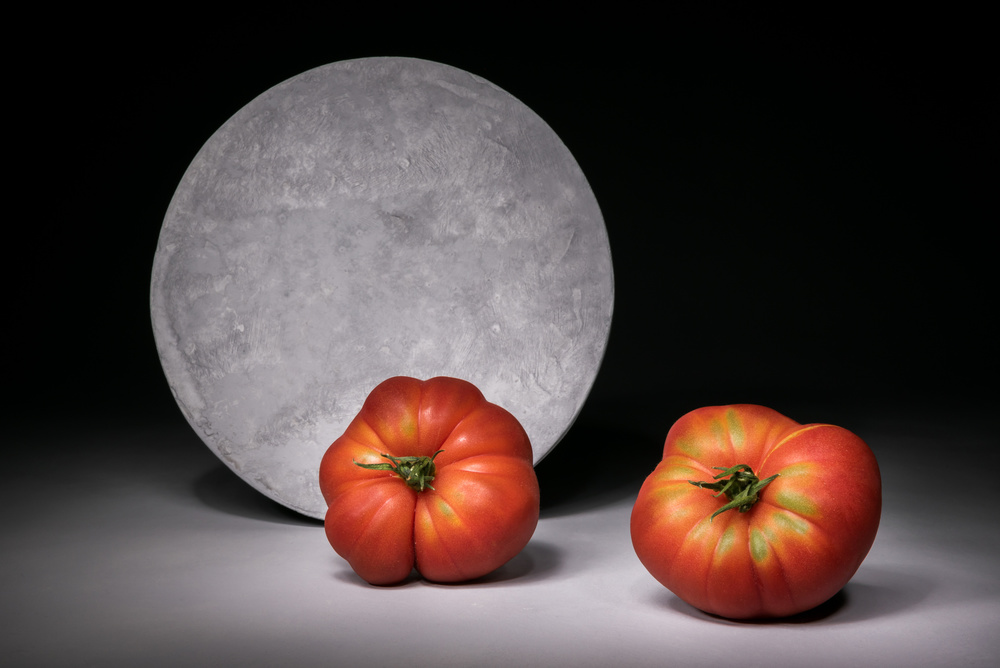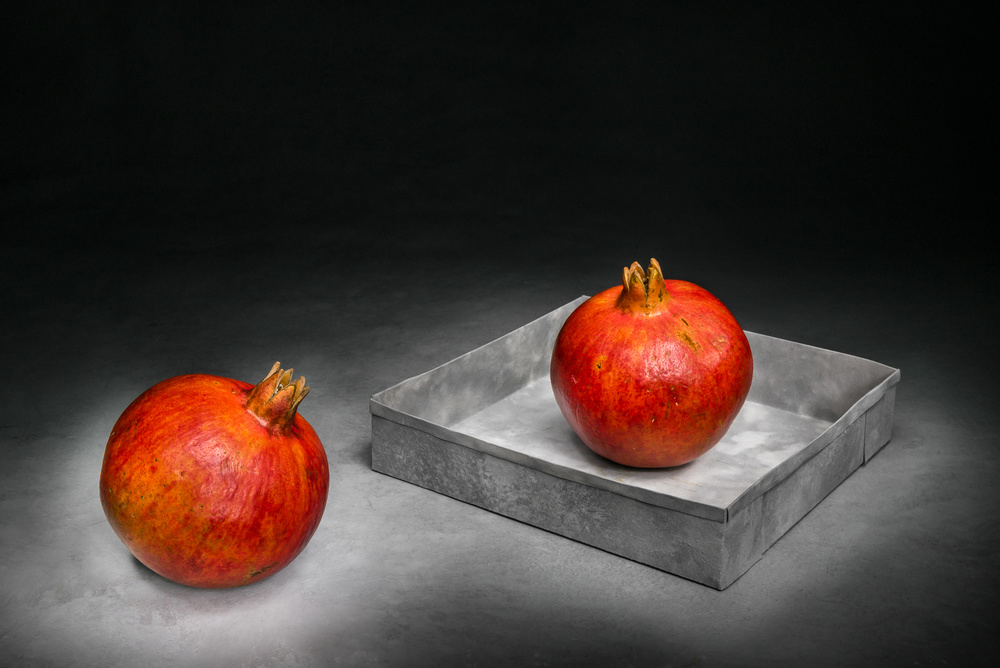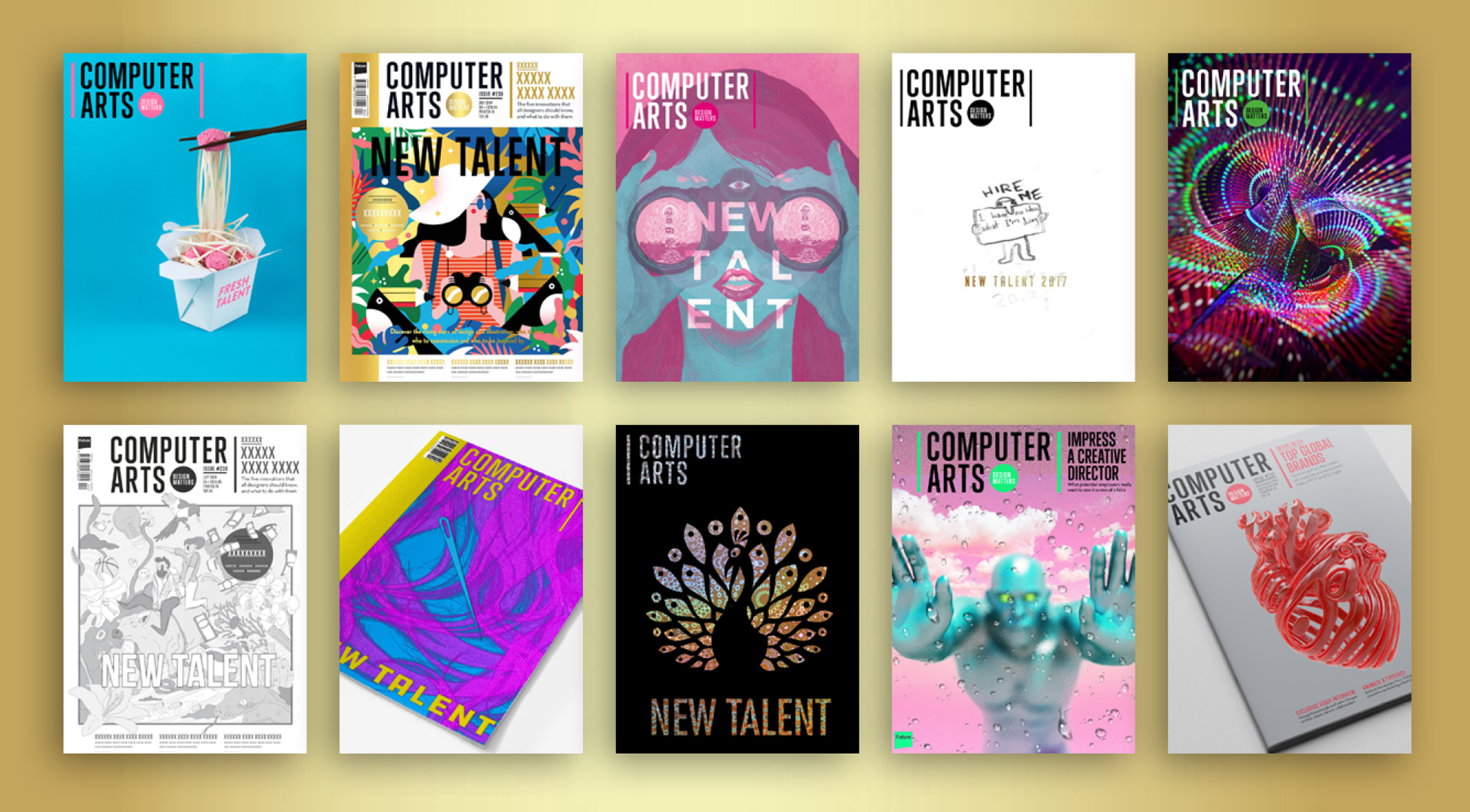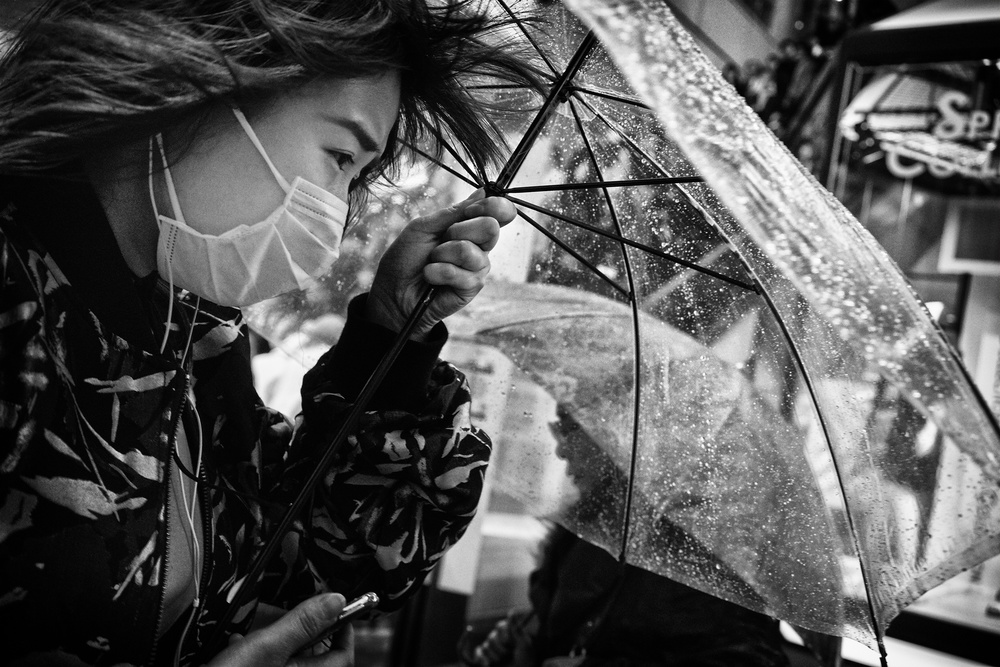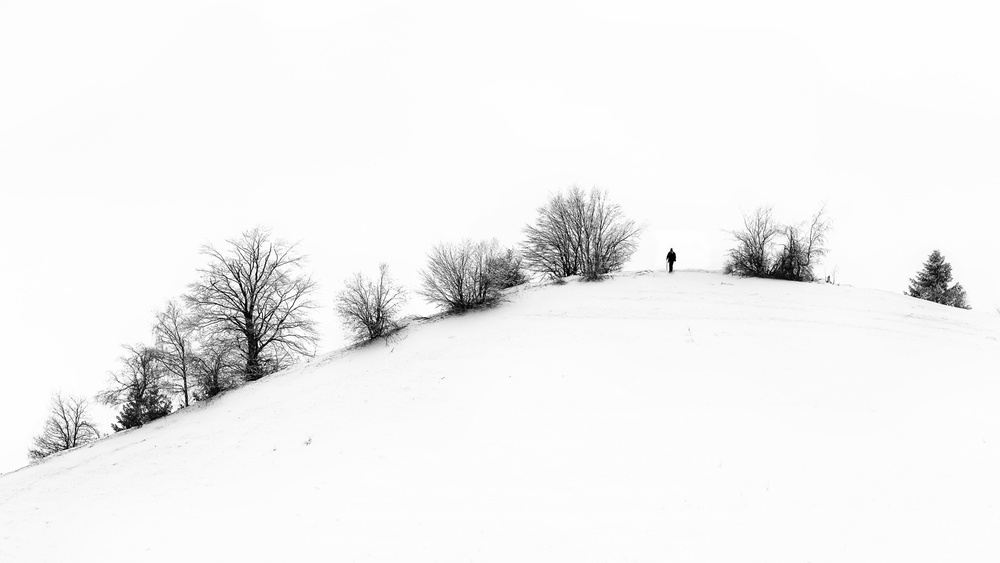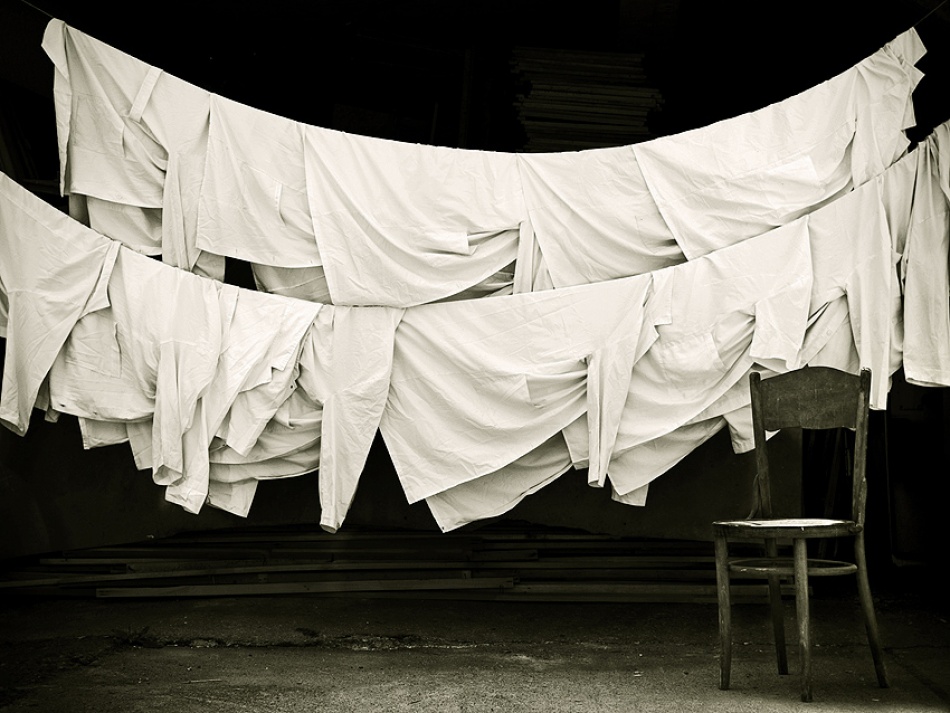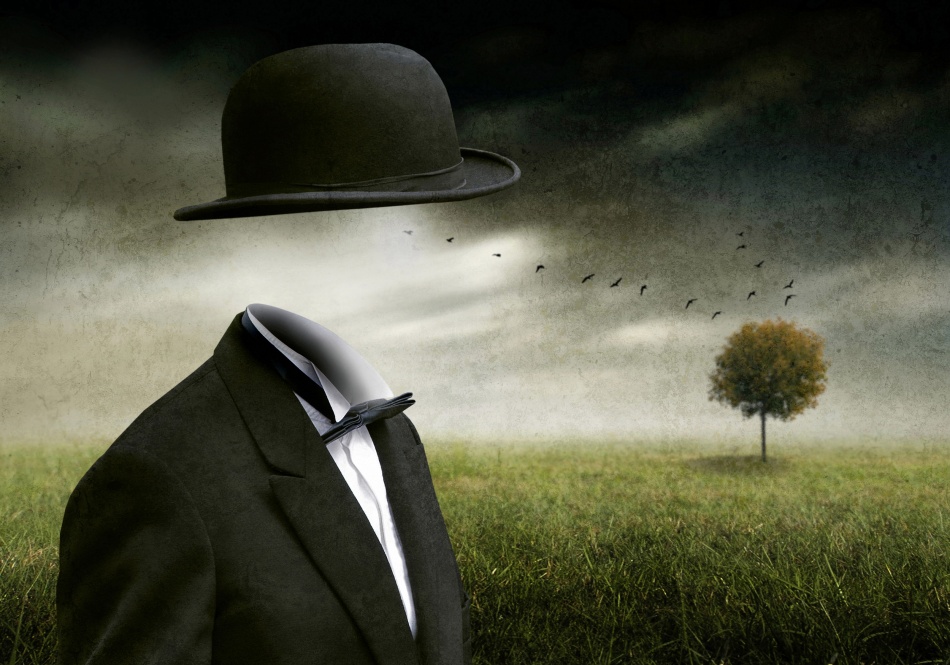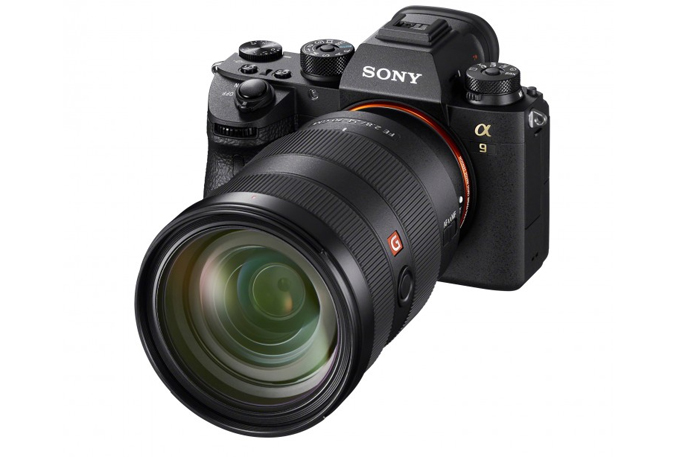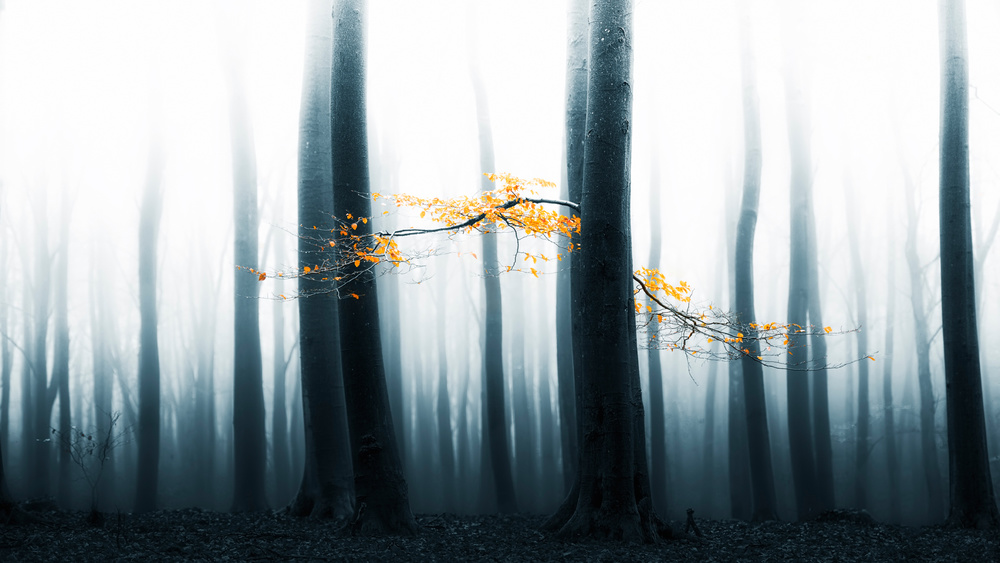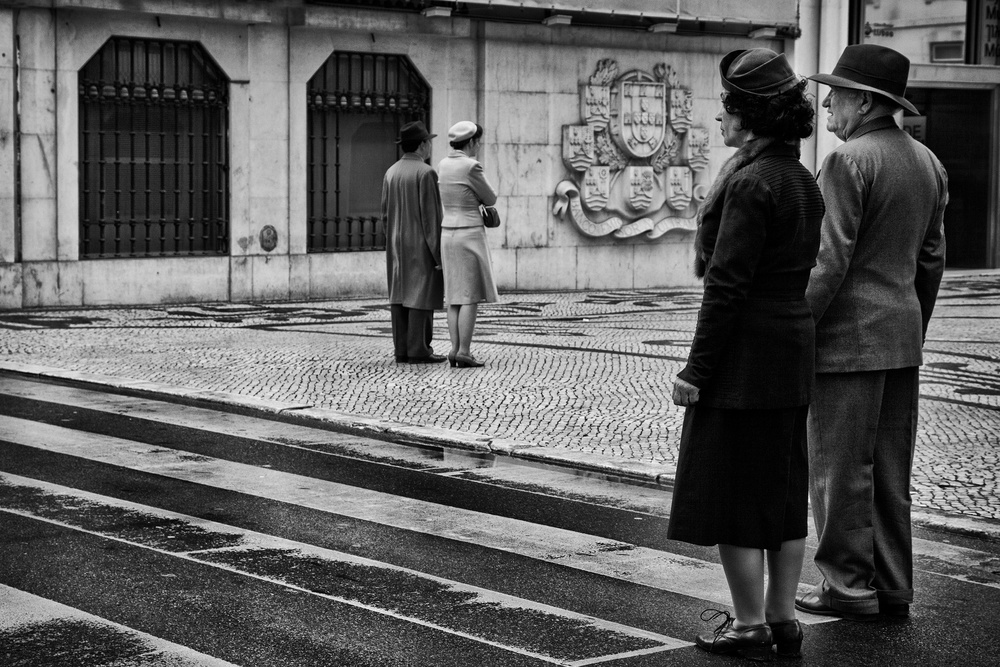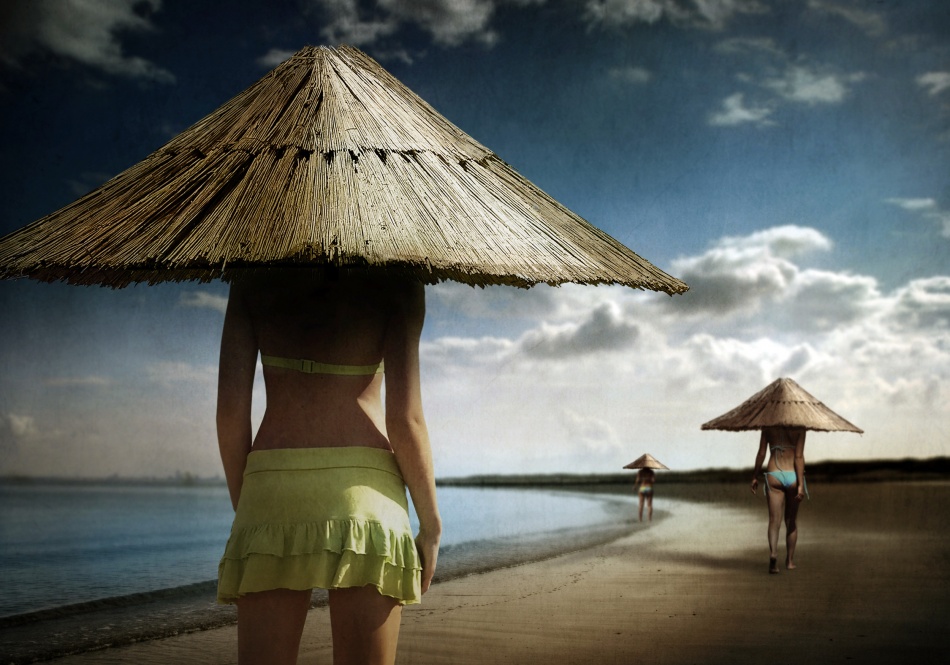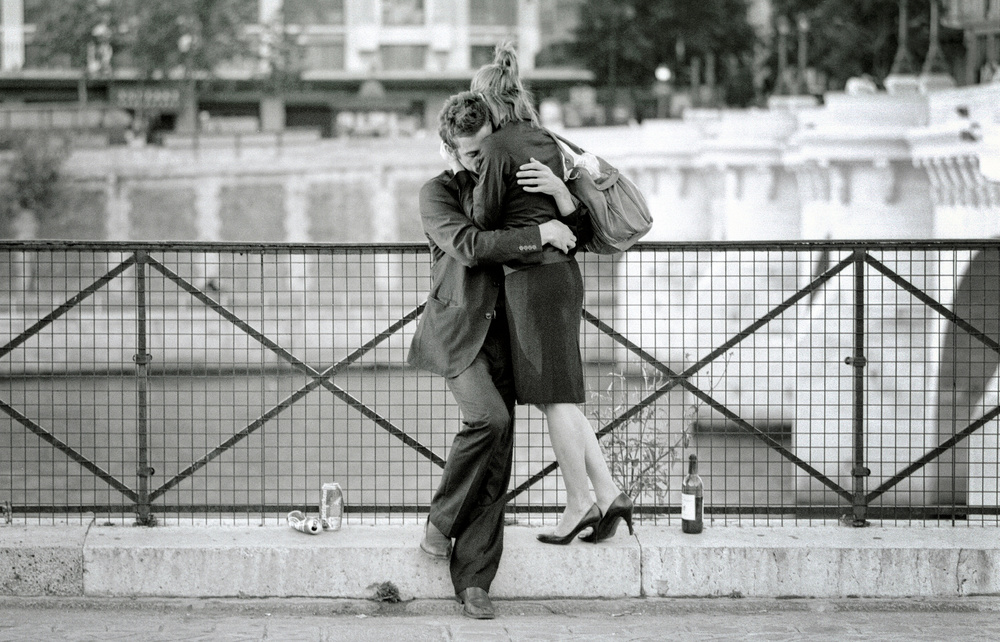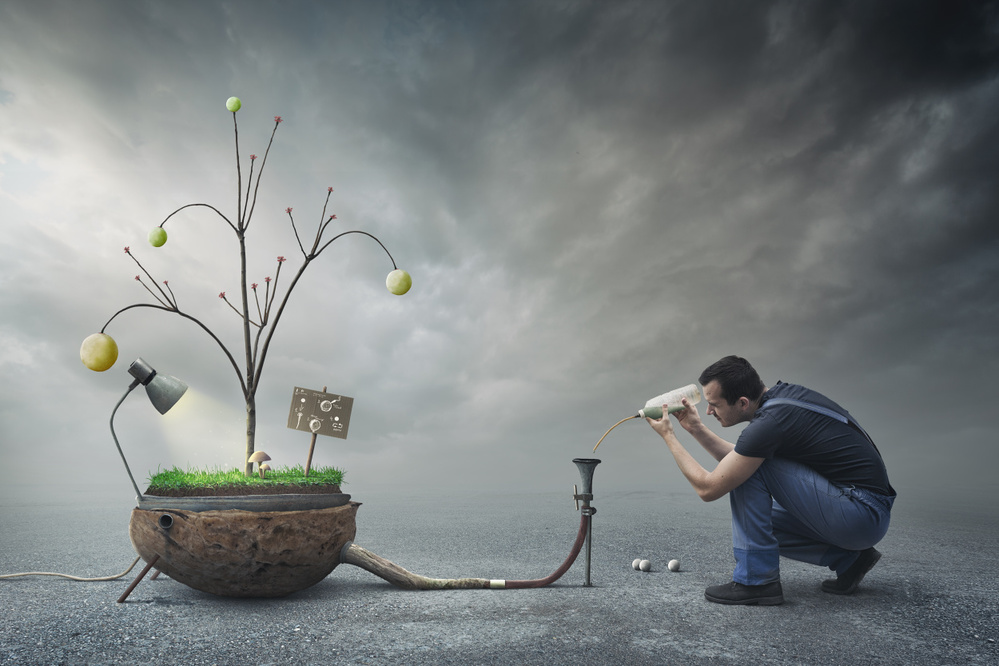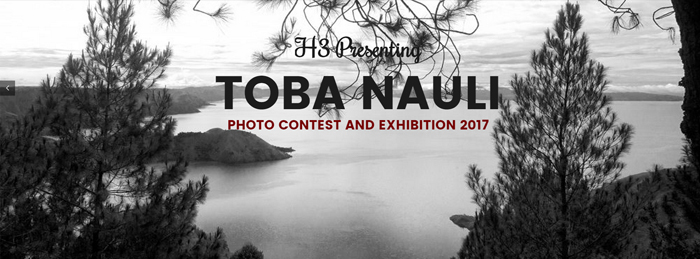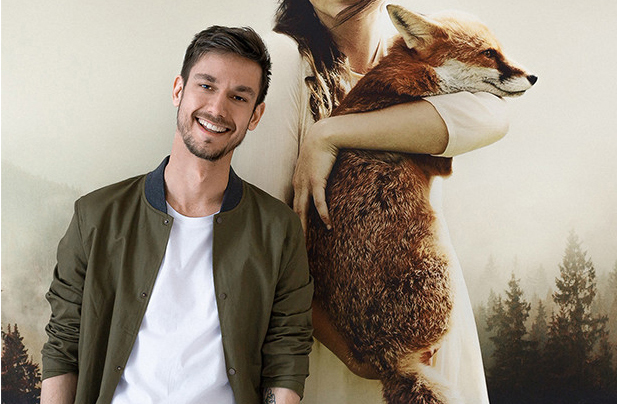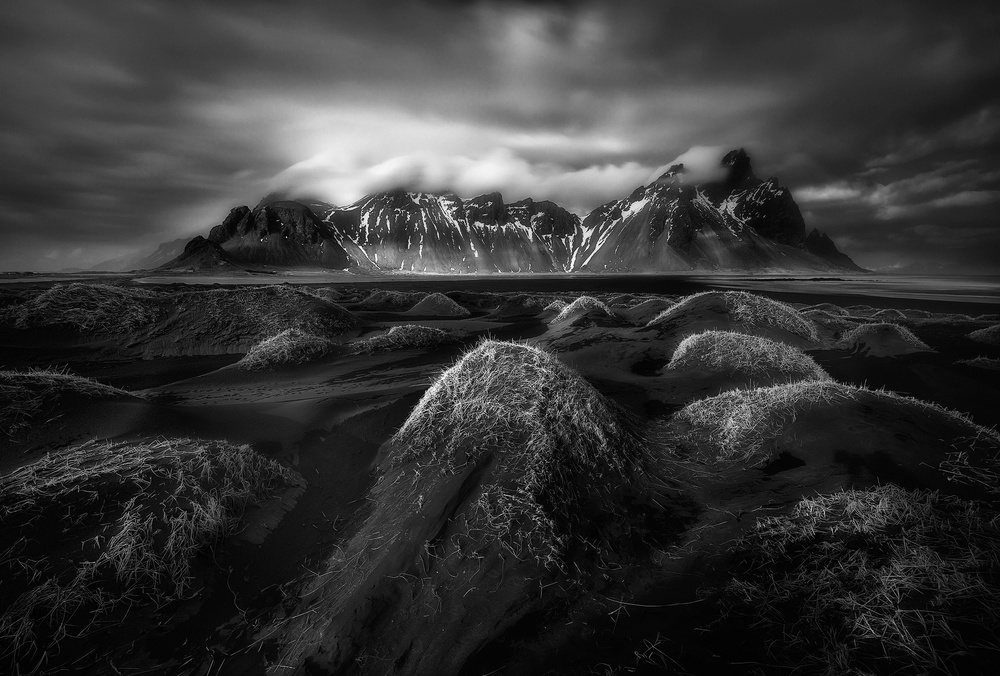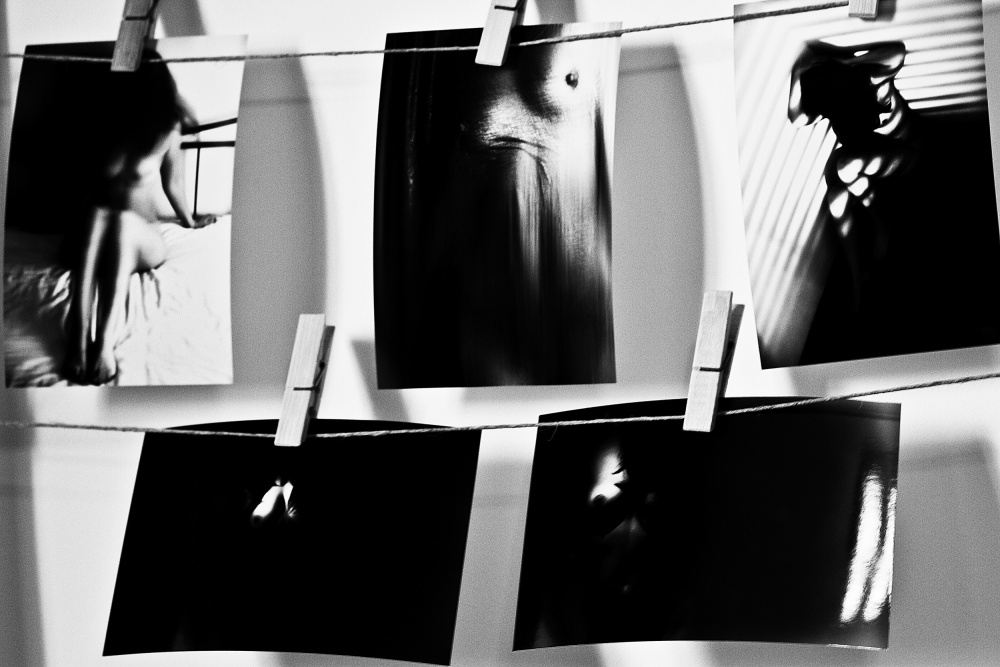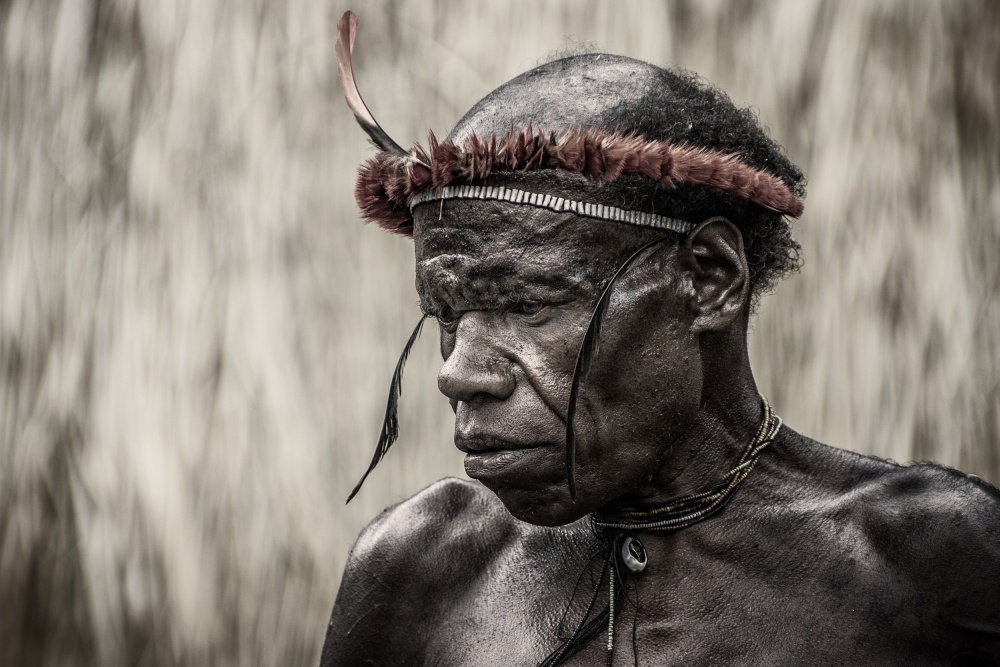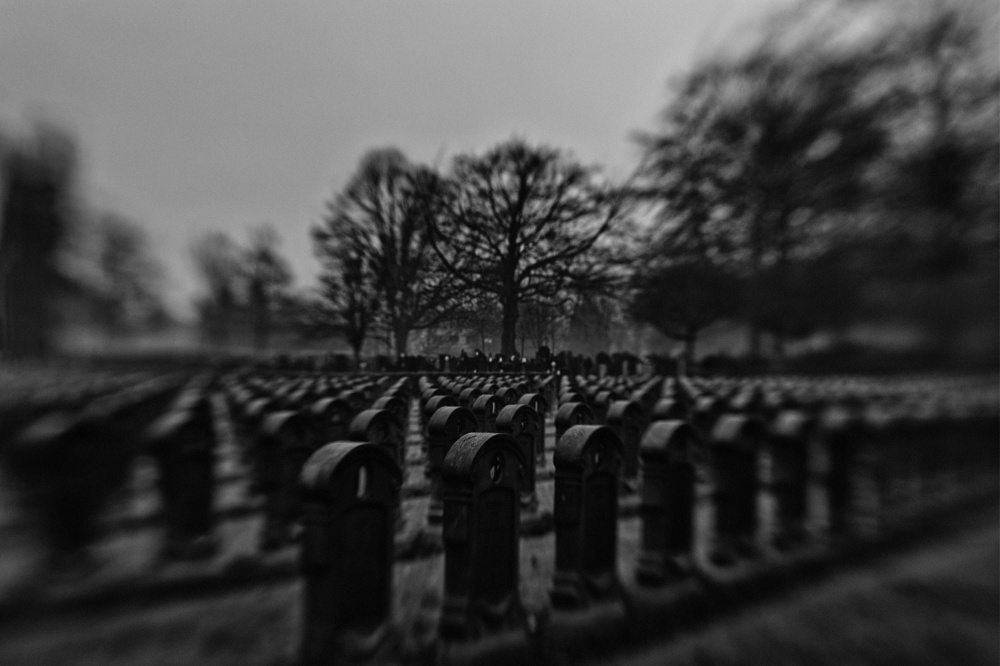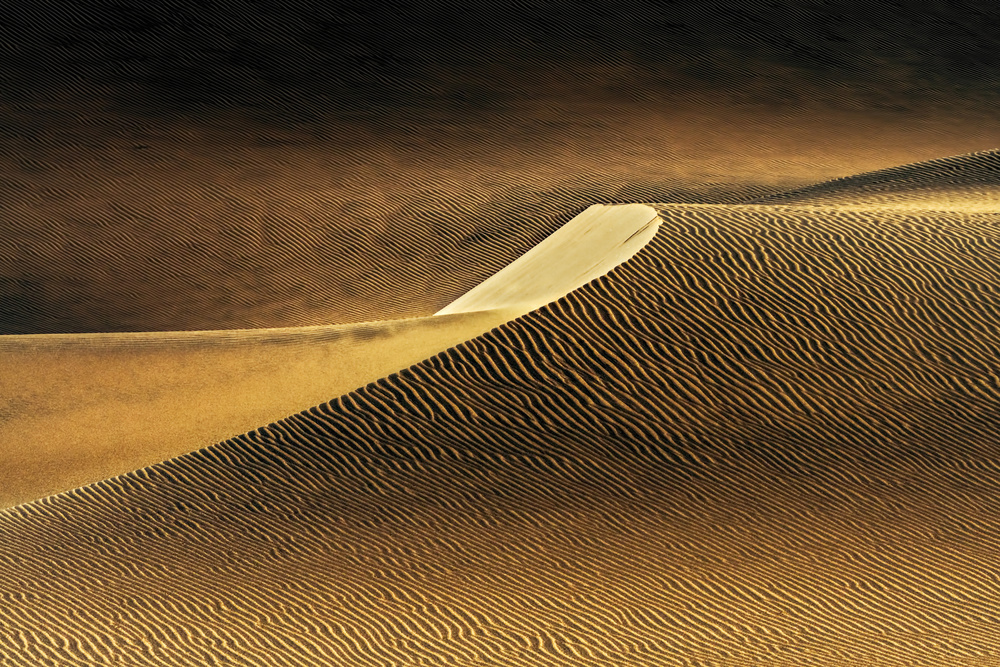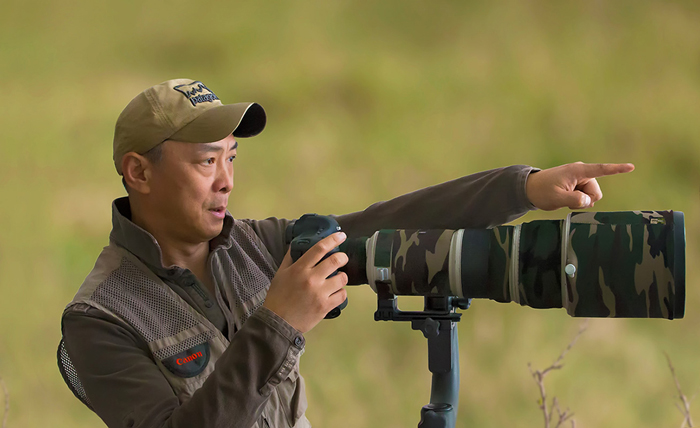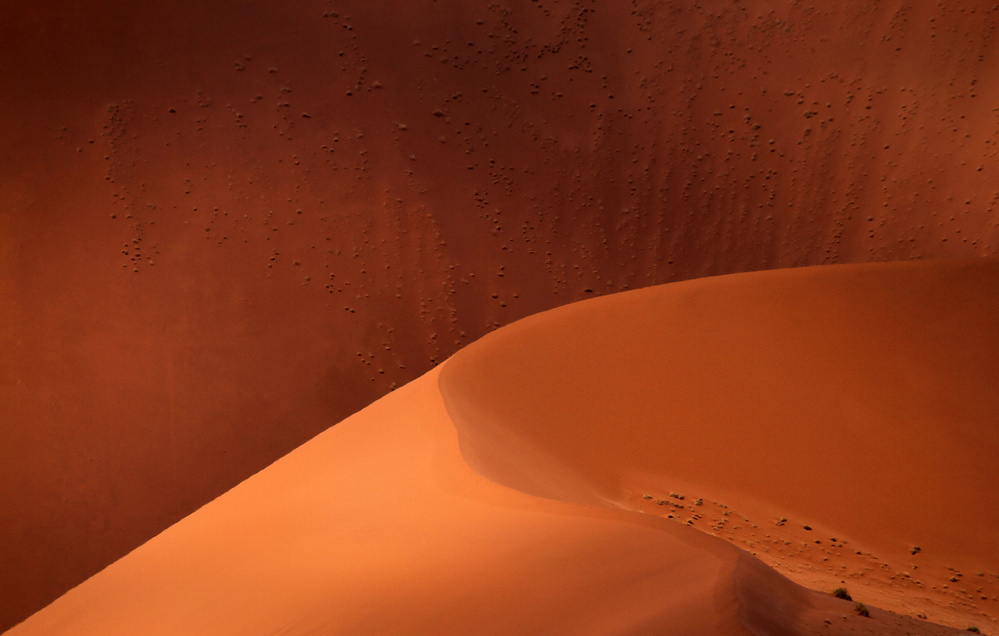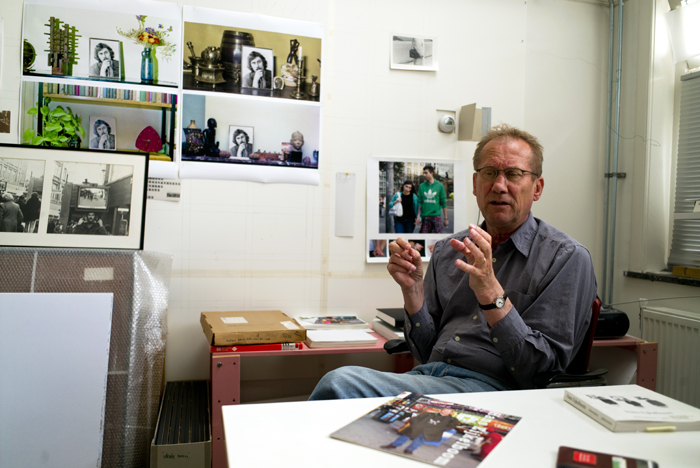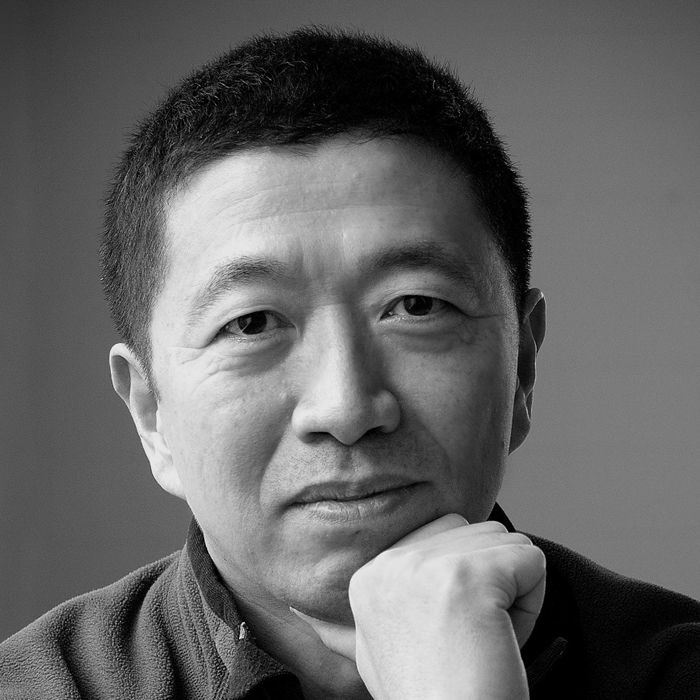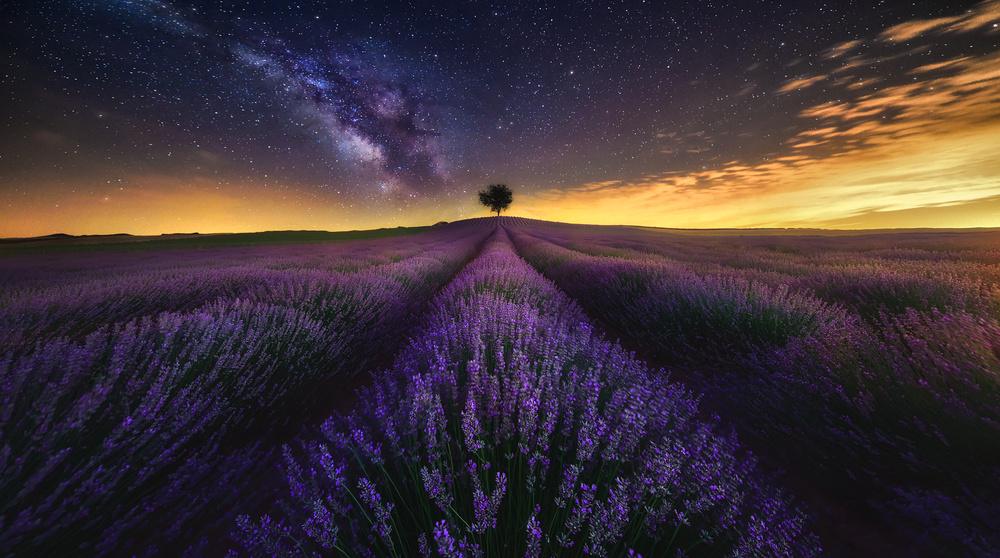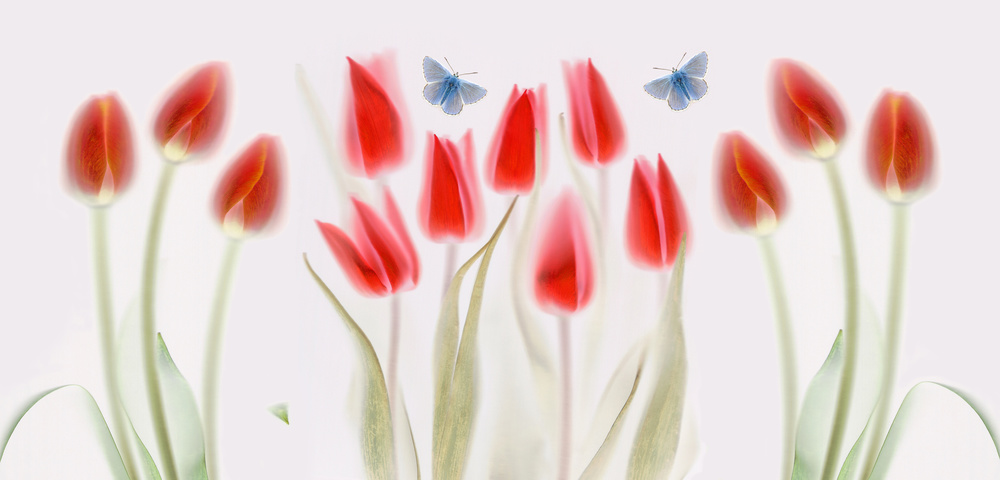Contests
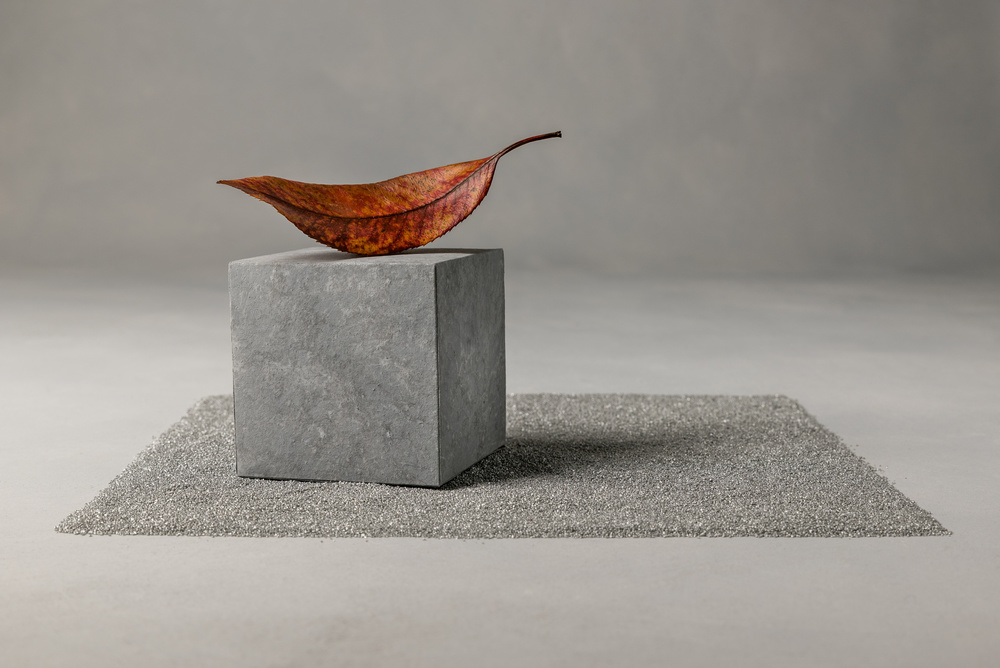
Christophe Verot: Photographer of the week
1x Blog ContestsChristophe Verot excels in renewing Still Life Art with refreshing minimal creations. He still is exploring the artistic aspect of photography. Besides his passion for still life, he wants to expand his skills to landscape and architectural photography. Let's listen to the artist about his work. Enjoy!
Briefly tell us about yourself, Christophe
I was born in 1968 and live in France, at about 200km from Paris.
How have your history and life experiences affected your photography?
Which are your most important experiences that have influenced your art?
My first meeting with artistic photography was through art history lessons, taught at Saint-Etienne Fine Art School where I was a student in the product and furniture design section.
At the end of these studies, I established myself professionally as a contemporary jewellery creator and opened my own gallery/workshop to show my work and that of other creators. During those fifteen years, I photographed jewellery to use on invitation cards, exhibition catalogues and also to keep a memory of my work. Those photo shoots made me discover the studio lighting and the “set-up” of objects, which are necessary elements of still life practice.
What is more important to you, the mood/story behind your images or the technical perfection?
These different experiences serve me today in my research on Still life art. However, and contrary to the jewellery photos which I call «documentaries», I try today to consecrate an important part of my photographing to the approach and the reflection of the subjects. The embodiment of an idea is the important part; the technique takes second place. Having a personal process seems to me to be a way to escape from the standardization and banalisation of images. Indeed it has never been so easy and fast, with the democratization and the numerical new technologies, to take a photo and post it on the net.
Why are you so drawn by Still Life art photography?
The work on still lives is for me a way to resist the ever more and faster temptation that everything has to be fast. The work in studio on inanimate objects permits me to take the time to reflect, compose and modify a shot. Finding the stability in a composition depends often on the placement of an object at a few centimetres.
Do you prepare carefully the set-up before each photo shoot?
I also appreciate Still Life as a way to make a link between painting, sculpture and photography. I appreciate the moment when I go on a “hunt” to find objects, which correspond to a story I want to share in my photo and I consecrate an important part to the objects’ transformation, and sometimes I create elements myself. Intervening on surfaces and neutralizing the function can profit the form, giving them a sculptural and pictorial dimension. The association with raw elements permits to keep the link with reality. A game between nature and culture and a reflection on what is the photograph.
What gear do you use?
I use a Nikon D750 full frame associated with a 24-70 mm f2.8 lens or to a 90mm f2.8 macro.
The lighting is assured by two handmade light boxes or more recently a led panel.
What software do you use to process your images?
All photos are made in RAW format, developed in Lightroom 5 for its basic settings and finalized with the plug-in Viveza which I like for its choice in settings.
What is the most important advice to a beginner in Still life art photography?
If I had to give an advice to someone who wants to try the passionate world of Still Life Art, it would be to do a daily effort of learning to «see» objects which surround us. They offer a diversity of forms, matters or colours, which can already be the beginning of beautiful stories.
Who are your favourite photographers and artists that have inspired you a lot and why?
Among artists for whom I have a particular admiration, I would quote Michael Kenna. He gives in his compositions a very important part to blank spaces. The utilization of those negative spaces and the long exposure, contribute to the landscape photography's emergence in long exposure.

“Twenty one fence posts” by Michael Kenna (2004)
http://www.michaelkenna.net/gallery.php?id=22
I would also quote the English sculptor Tony Cragg’s artwork for his work on the objects and the way he gives them a sculptural dimension by scales and materials changes or in assembling them to create new forms.
 “Unscharferelation” by Tony Cragg (1991)
“Unscharferelation” by Tony Cragg (1991)
http://www.tony-cragg.com/?/sculptures/1990-1994/1893
Describe your favourite photograph taken by you and why it is special to you?
My favourite photo is called «Abundance». It represents an abstract form I made and from which vegetables seem to escape, the totality lighted only by a torch. This light is directed and at the same time gives a very particular and theatrical mood to the scene. I have imagined it like a contemporary version of the classical theme of the abundance horn. This photo takes a special place in my mind because it is the starting point of the Still life series, of the start of my membership of 1x and of my first photos published on 1x.

“Abundance”
What do you think about 1X as a home base for your work?
To me, 1x is undeniably an excellent website for photographers or photo lovers. The principle of images being curated by subscribers and professionals permits to assure a good quality of publications. The magazine, theme contests and print publications contribute to its dynamism and make it a place of cultural exchanges.
Are there any specific goals that you wish to achieve in the future?
For me, the next step is to find a place to exhibit and to make a book with my pictures.
Thanks to 1x and to those who take the time to learn more about my work.
. '

